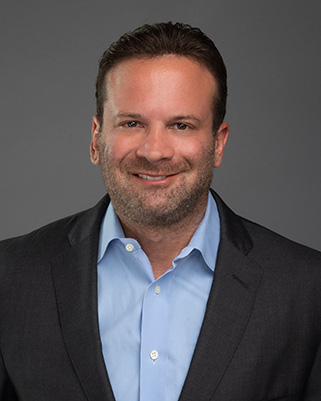Essential tremor(ET), the most common movement disorder, is estimated to affect about 3% of people. At least half of cases are hereditary (run in families), and can begin in early childhood. However, the majority of ET cases begin in mid-to-later adulthood (ages 40-60), and for older adults, the tremors can get worse more rapidly than in younger adults.
4 treatment approaches
There are several types of ET treatments. One way to classify them is by the type of intervention:
- Systemic treatments
- Local treatment at the tremor site
- Training and practice for better adaptation skills
- Neurosurgery (source treatments)
Each of these approaches has a place in the toolkit available to physicians to help manage tremors and improve quality of life.
Systemic treatments
The first line of treatment for ET is almost always prescription medication. Pharmaceuticals – and even alternative remedies – are substances that are ingested and travel through a person’s body. Because they are distributed throughout the body, they affect not only the desired target but can also have side effects. The most common medications for ET are
- Beta blockers such as propranolol (side effects include tiredness, faintness, heart problems)
- Anti-seizure medication like primidone (side effects include drowsiness, nausea)
- Anti-anxiety drugs like clonazepam, diazepam, etc. (side effects include fatigue, may be habit-forming)
Only about half of those with ET will find that pharmaceuticals help, but since tremors are progressive, they may have to increase dosages over time. In turn, this may bring unacceptable side effects at which point patients discontinue medication or try a different class of drugs.
Local treatment
Another treatment approach is to stop tremors at the location where they occur. This is accomplished by injections of botulinum toxin – more commonly known as Botox – into or very close to the muscle group(s) associated with tremors. The process of isolating the location is time consuming, and if electromyogram is used it can be painful. Inaccurate injection placement can have no effect, or unwanted side effects. Tremor control can last for a few months, and injections are repeatable.
Training and practice
Physical and occupational therapy can often help patients develop adaptations and coping mechanisms to either help diminish tremors through relaxation and stress management, or develop skills to counteract the impact of tremor on daily tasks. Practice at home is important and must be consistent. However, with the progressive nature of ET, newer challenges may eventually appear that are less able to overcome.
Neurosurgery
Brain surgeries are able to control hand tremors by going to the source – the VIM nucleus of the thalamus – and interrupt the process of sending dysfunctional messages to the hands. There are two approaches: a) invasive surgery through the skull involving insertion of wires for electrical stimulation, and b) incisionless surgery using ultrasound energy to ablate (destroy) the VIM nucleus.
Neurosurgery is offered to ET patients when medications other treatments are not effective, or have lost effectiveness – and in some cases, patients simply do not wish to use medication.
While some patients may be better candidates for one procedure over the other, doctors are finding that if patients are qualified for both, most prefer MRgFUS. They like the idea of no incisions, no battery pack to worry about when the power might run out, the very low risk profile, and repeatability.
Sperling Neurology Associates offers Neuravive MRgFUS for qualified patients. For more information, contact us through our website.

